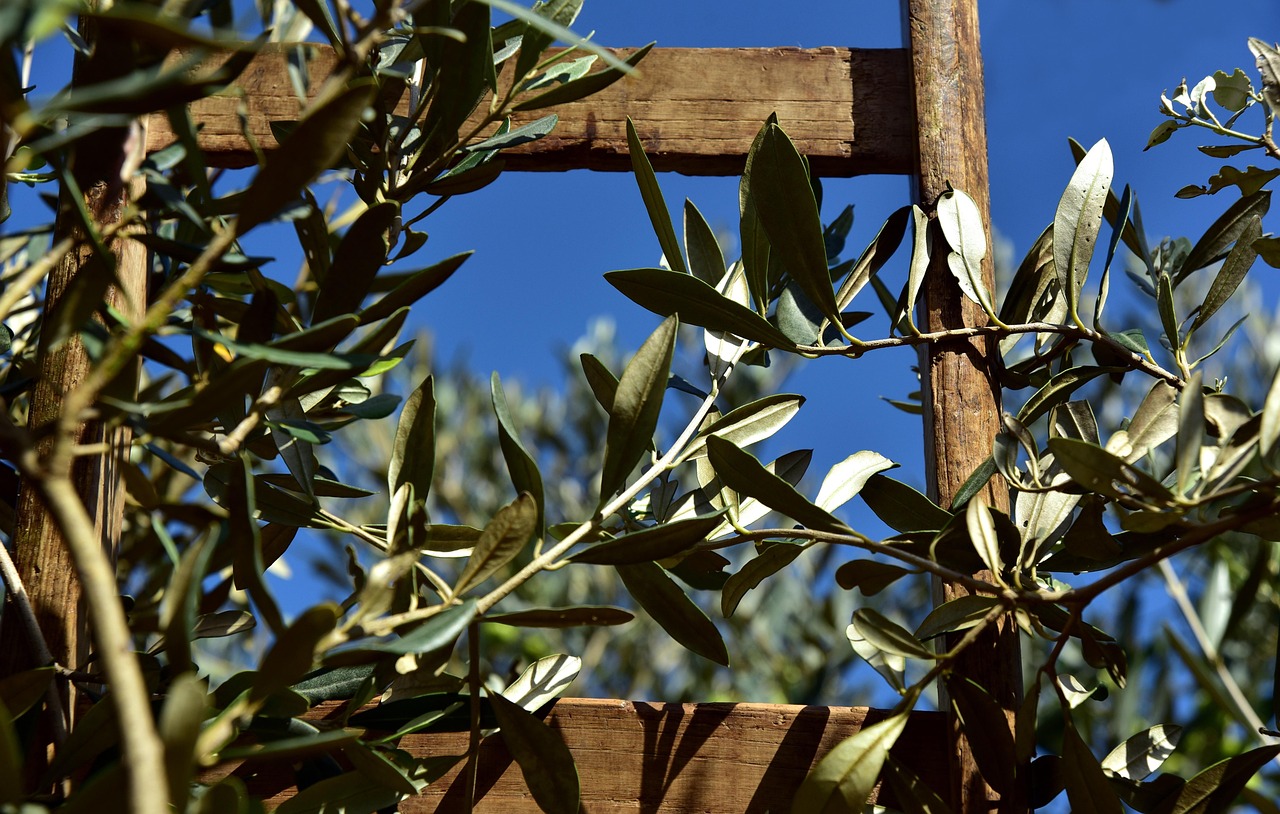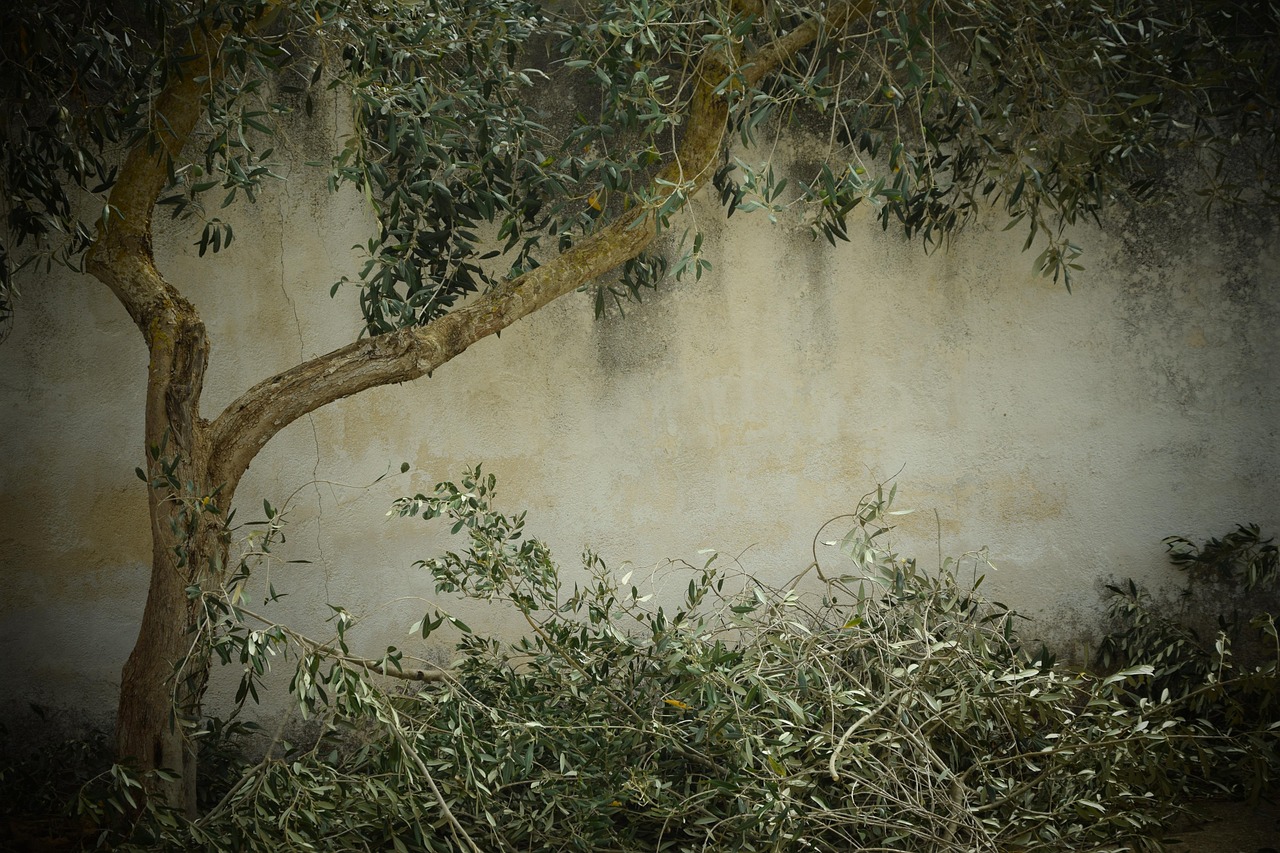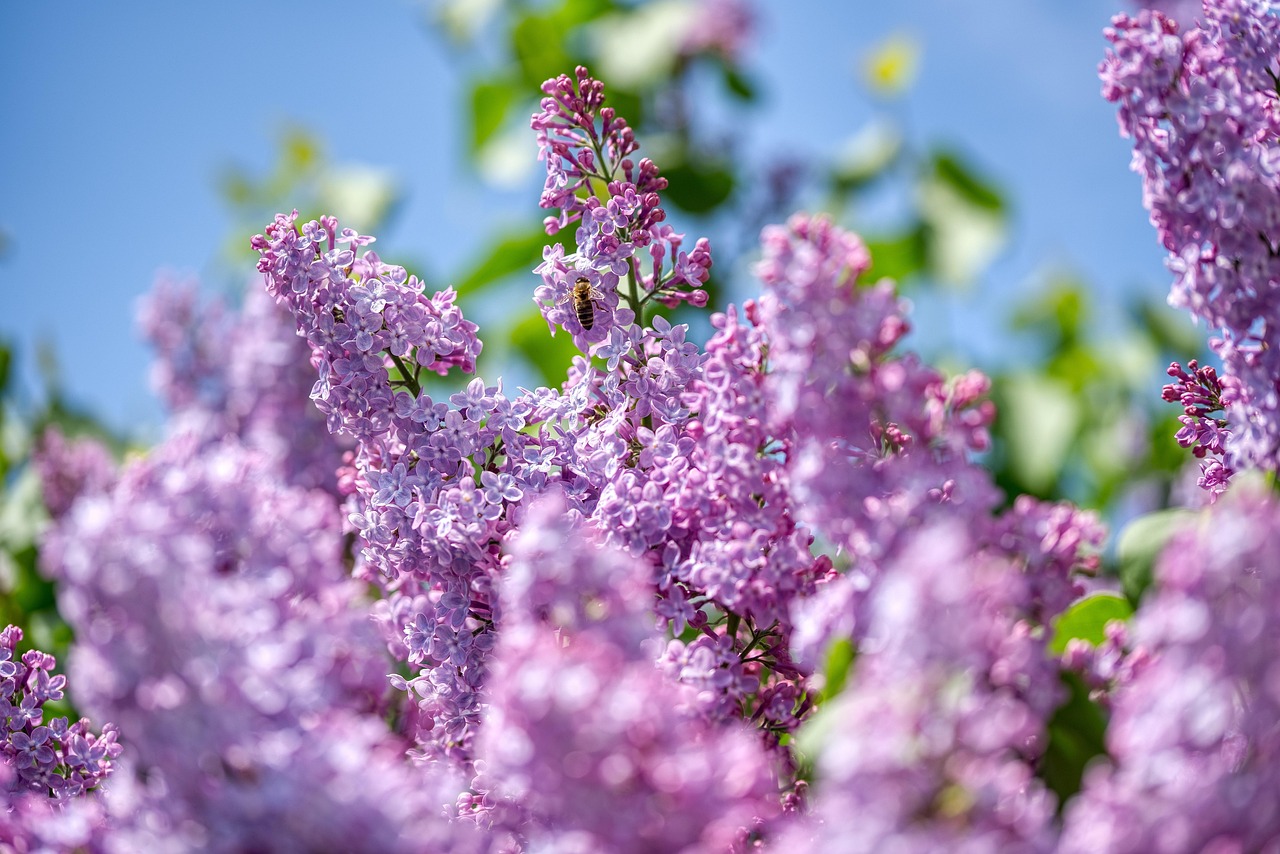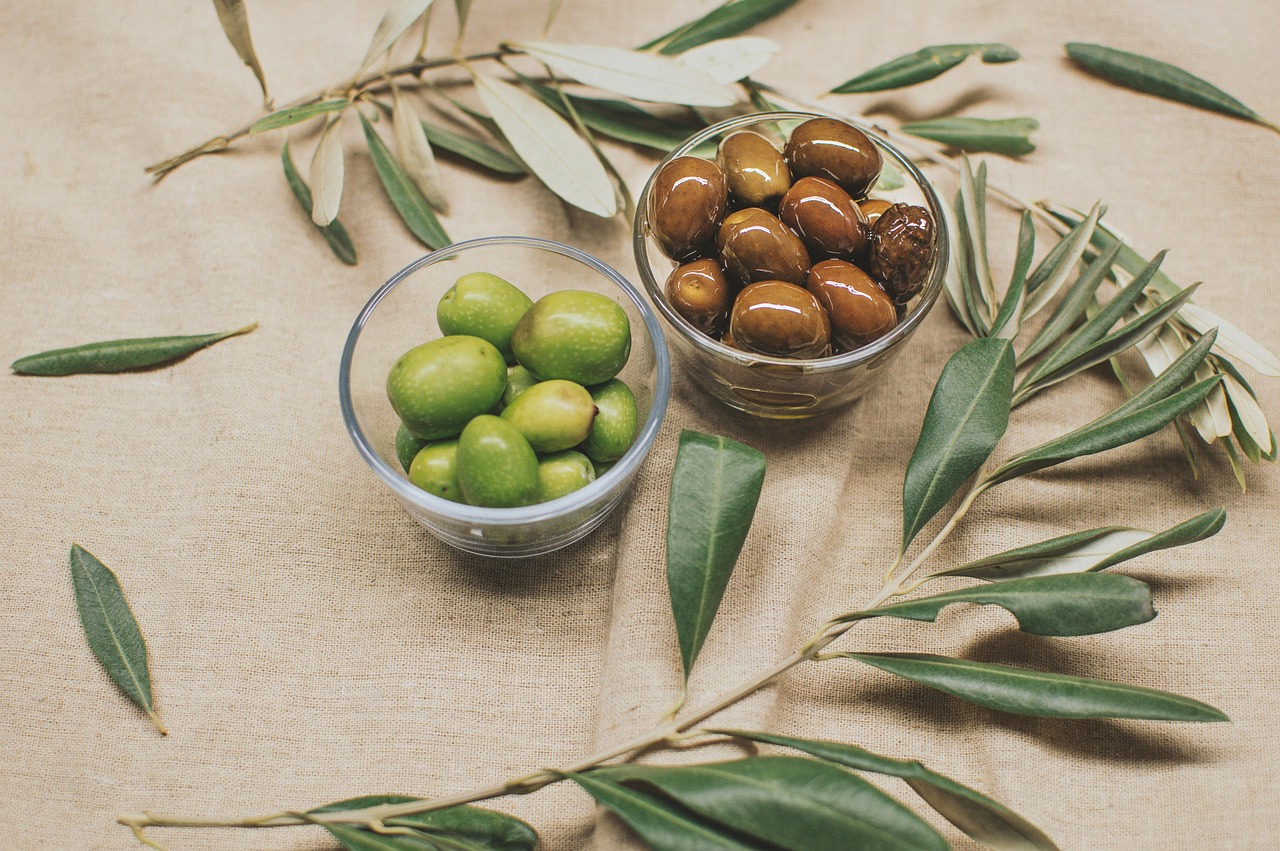Pruning olive trees is essential for improving their longevity. Proper pruning encourages healthy growth, increases fruit production, and enhances the tree’s resilience against diseases. Regularly maintained trees can live for centuries, making effective pruning a vital practice for any olive grower.
Understanding Olive Trees
Olive trees, scientifically known as Olea europaea, are native to the Mediterranean region. They are renowned for their delicious fruits and rich oil. These trees thrive in warm climates and can live for hundreds, even thousands, of years. The longevity and health of an olive tree significantly depend on proper care, including regular pruning.

Pruning is not just about cutting branches; it is a crucial technique that impacts the overall health and productivity of the tree. When performed correctly, it can lead to better air circulation, sunlight penetration, and reduced risk of disease. Additionally, pruning helps shape the tree, making it more aesthetically pleasing.
The Importance of Pruning
Pruning olive trees is essential for several reasons:
- Improved Airflow: Thinning out dense branches allows for better airflow, reducing the risk of fungal diseases.
- Enhanced Sunlight Exposure: Removing excess growth helps sunlight reach all parts of the tree, promoting photosynthesis.
- Increased Fruit Production: Pruning stimulates new growth, which can lead to a more abundant crop in the following years.
- Structural Integrity: It helps maintain the tree’s shape and health, preventing breakage from heavy fruit loads or storms.
- Longevity: Regular maintenance extends the life of the tree by preventing diseases and promoting healthy growth.
Types of Pruning Techniques
There are several pruning techniques suitable for olive trees. Each technique serves a specific purpose and may vary depending on the age and condition of the tree. Here are some common methods:

- Thinning: This method involves removing whole branches to increase airflow and light exposure.
- Heading Back: Shortening branches encourages bushier growth and can help control size.
- Renewal Pruning: This technique is used on older trees to rejuvenate them by removing older wood.
- Maintenance Pruning: Regular trimming of small branches and foliage helps keep the tree healthy.
Best Practices for Pruning Olive Trees
To maximize the benefits of pruning, consider the following best practices:
- Timing: The best time to prune olive trees is during late winter or early spring before new growth begins. This timing minimizes stress on the tree.
- Tools: Use sharp, clean tools to make clean cuts. This reduces the risk of injury to the tree and prevents disease transfer.
- Cuts: Make cuts at a slight angle to promote water runoff and reduce decay.
- Avoid Over-Pruning: Remove no more than 25% of the tree’s canopy in one season to prevent shock.
Nutritional Benefits for Healthy Growth
A healthy tree grows better and responds positively to pruning. Providing adequate nutrients is essential for maintaining the vitality of olive trees. Key nutrients include nitrogen, phosphorus, and potassium. These nutrients support strong root development, enhance fruit quality, and improve overall health.
| Nutrient | Role in Growth |
|---|---|
| Nitrogen | Promotes leaf growth and overall vigor. |
| Phosphorus | Aids in root development and flowering. |
| Potassium | Improves fruit quality and disease resistance. |
Ensuring that your olive tree receives these essential nutrients will contribute significantly to its longevity and productivity. Regular soil testing can help determine nutrient levels and guide fertilization practices.

Pest and Disease Management
Pests and diseases pose a significant threat to olive trees. Effective pruning helps minimize these risks by improving airflow and sunlight exposure. However, additional measures are necessary for comprehensive management. Regularly inspect trees for signs of pests such as olive fruit flies or scale insects. Also, watch for diseases like olive knot or leaf spot.
Implementing an integrated pest management (IPM) approach that includes biological controls, cultural practices, and targeted treatments can help keep your olive tree healthy. Maintaining proper hygiene in the surrounding area also aids in preventing infestations.
With proper care and attention to pruning techniques, olive trees can thrive for generations. Understanding the needs of these ancient trees is crucial for anyone looking to cultivate them successfully.

Seasonal Care for Olive Trees
Proper seasonal care is essential for the health and longevity of olive trees. Understanding the needs of the trees throughout the year allows growers to implement effective strategies for watering, fertilization, and pest management. Each season presents unique challenges and opportunities that can significantly impact tree health.
Spring Care
Spring is a critical time for olive trees. As the weather warms, trees begin to bud and grow. During this season, it is essential to:
- Monitor Growth: Keep an eye on new growth to determine how well the tree is responding to pruning and care.
- Fertilize: Apply balanced fertilizers rich in nitrogen to support new leaf development.
- Inspect for Pests: Regularly check for pests that may emerge during warmer weather, such as olive fruit flies.
- Watering: Ensure adequate moisture as trees begin to actively grow. Water deeply but infrequently to encourage deep root development.
Summer Maintenance
Summer care focuses on maintaining tree health as temperatures rise. Key activities during this season include:
- Irrigation Management: Adjust irrigation schedules based on rainfall and temperature. Olive trees prefer drier conditions, so avoid overwatering.
- Pest Control: Continue monitoring for pests. Use organic pesticides as needed to manage outbreaks.
- Pruning Maintenance: Conduct light maintenance pruning, if necessary, to remove any dead or diseased branches.
Autumn Preparations
As summer transitions into autumn, it is vital to prepare olive trees for the cooler months. Key tasks include:
- Harvesting: Begin harvesting olives when they reach optimal ripeness. Proper timing ensures the best quality fruit.
- Post-Harvest Care: After harvesting, assess tree health and make necessary adjustments to care practices.
- Mulching: Apply a layer of mulch around the base of the tree to retain moisture and regulate soil temperature.
Winter Protection
Winter poses a challenge for olive trees, particularly in colder climates. Proper winter care includes:
- Pruning: Conduct major pruning during late winter when trees are dormant. This helps prepare them for new growth in spring.
- Protection from Frost: In regions prone to frost, consider wrapping young trees or covering them with burlap for protection.
- Water Management: Water trees before the ground freezes to ensure they are hydrated before winter dormancy.
Common Olive Tree Varieties and Their Pruning Needs
Different varieties of olive trees may have specific pruning requirements and growth habits. Understanding these differences can guide pruning practices effectively. Here are some popular varieties:
| Olive Variety | Characteristics | Pruning Recommendations |
|---|---|---|
| Arbequina | Small fruit, high oil content, very productive. | Thin out branches to improve airflow; light heading back encourages bushy growth. |
| Kalamata | Larger fruit, rich flavor, popular for table olives. | Focus on structural pruning to maintain shape; remove older branches periodically. |
| Manzanilla | Small, green olives, good for both oil and table use. | Aim for an open canopy; regular thinning helps manage size and improve fruit quality. |
Selecting the right variety for your climate and soil conditions will also influence pruning and care practices. Each variety has unique needs that can affect its growth and productivity over time.
The Role of Soil Quality in Pruning Success
The quality of soil plays an integral role in the health of olive trees. Good soil supports strong root systems and overall tree vitality. Here are some aspects to consider regarding soil quality:
- Drainage: Olive trees thrive in well-drained soils. Poor drainage can lead to root rot and other diseases.
- Nutrient Content: Conduct soil tests to determine nutrient levels and amend the soil accordingly to support healthy growth.
- pH Levels: Olive trees prefer slightly alkaline soils (pH 7-8). Adjustments may be necessary based on soil test results.
Caring for the soil around olive trees enhances their ability to withstand stress from pests and diseases. By prioritizing soil health, you can create a more resilient environment for your olive trees to thrive.
Pest Identification and Management Techniques
Pest management is crucial for maintaining healthy olive trees. Identifying pests early can prevent severe damage. Here are common pests that affect olive trees along with management techniques:
- Olive Fruit Fly: Small flies that lay eggs in olives. Use traps and natural predators like wasps as biological control.
- Scale Insects: Small insects that suck sap from branches. Regular monitoring and applying horticultural oils can help control populations.
- Twig Borer: A beetle that bores into branches. Prune infested branches and maintain tree vigor to minimize infestations.
A proactive approach combining regular inspections, natural controls, and timely interventions will keep your olive trees healthy and productive throughout their lifespan.
Tools and Equipment for Pruning Olive Trees
Effective pruning of olive trees requires the right tools and equipment. Using appropriate tools not only makes the task easier but also ensures clean cuts that promote healing and prevent disease. Here is a list of essential tools for olive tree pruning:
- Hand Pruners: Ideal for small branches and delicate cuts. Look for sharp, ergonomic designs for comfort.
- Loppers: Useful for cutting thicker branches. They provide greater leverage with longer handles.
- Saws: A pruning saw or a pole saw is necessary for larger branches that cannot be cut with loppers.
- Hedge Shears: Effective for shaping the tree and removing smaller growth.
- Protective Gear: Gloves and safety glasses should be worn to protect against injuries while pruning.
Maintenance of Pruning Tools
Maintaining your pruning tools is vital for ensuring their longevity and effectiveness. Follow these tips to keep tools in top condition:
- Clean after Use: Wipe blades with a cloth to remove sap and dirt. This prevents the spread of diseases between trees.
- Sharpen Regularly: Dull blades can damage branches. Use a sharpening stone or file to keep edges sharp.
- Oil Moving Parts: Apply lubricating oil to pivot points to ensure smooth operation.
- Store Properly: Keep tools in a dry place to prevent rusting. Consider hanging them on a wall for easy access.
The Science Behind Pruning
Understanding the biological principles behind pruning can enhance its effectiveness. Pruning impacts the tree’s growth patterns, fruit production, and overall health. Here are the key scientific concepts related to pruning:
How Pruning Affects Growth
When branches are cut, the tree responds by redirecting energy to remaining buds and shoots. This process is known as apical dominance, where the main stem grows more vigorously than lateral branches. Pruning encourages lateral growth, leading to a bushier tree with more fruiting potential.
Wound Healing and Tree Response
The way olive trees heal from cuts is crucial for their long-term health. After pruning, trees initiate a healing process through the formation of callus tissue, which protects against pathogens:
- Callus Formation: This tissue covers the cut surface, helping to seal it off from external threats.
- Cambial Activity: The cambium layer beneath the bark begins to grow and repair the damaged area.
- New Growth: Following successful healing, new shoots emerge from the pruned areas, enhancing the tree’s structure.
Timing Your Pruning for Optimal Results
The timing of pruning is critical for achieving the best results. Different seasons influence how olive trees respond to cuts.
When to Prune
The ideal time to prune olive trees varies based on climate and specific goals:
- Dormant Season (Late Winter): This is generally the best time for major pruning. The tree is less stressed, and cuts will heal more effectively before the growth cycle begins.
- Post-Harvest (Fall): Light pruning can be done after harvest to remove any damaged branches and prepare the tree for winter.
- Avoid Pruning in Late Spring/Summer: Pruning during active growth can stress the tree and lead to excessive sap loss.
Factors Influencing Pruning Timing
Several factors influence when to prune olive trees, including:
- Climate: In warmer climates, early spring may be more suitable, while in cooler areas, late winter works best.
- Tree Age: Younger trees may require different timing compared to mature trees due to their growth patterns.
- Pest Pressure: If pests are prevalent, it might be wise to adjust pruning practices accordingly to minimize risks.
Understanding Olive Tree Growth Patterns
Each variety of olive tree has unique growth patterns that affect how they should be pruned. Awareness of these patterns can guide effective pruning techniques.
Growth Habit Characteristics
Different olive varieties exhibit distinct growth habits. For example:
| Variety | Growth Habit | Pruning Approach |
|---|---|---|
| Arbequina | Bushy with dense foliage. | Focus on thinning out excess foliage for better light penetration. |
| Kalamata | Tall with a more upright growth habit. | Aim for structural pruning to maintain shape and balance. |
| Manzanilla | Mounded with a dense canopy. | Regular maintenance pruning to manage size and promote air circulation. |
By understanding these growth patterns, growers can tailor their pruning strategies to suit individual varieties, improving overall tree health and productivity over time.
Nutrient Management Post-Pruning
Nutrient management is vital after pruning as it supports recovery and new growth. Here are some best practices for fertilizing olive trees post-pruning:
- Select Balanced Fertilizers: Use fertilizers that provide equal parts nitrogen, phosphorus, and potassium for overall health.
- Avoid Over-Fertilization: Excess nutrients can lead to rapid growth that may weaken the tree. Apply fertilizers according to soil test results.
- Organic Options: Consider organic fertilizers such as compost or well-rotted manure to enhance soil health without chemical additives.
Caring for your olive trees through proper nutrient management will promote resilience, allowing them to flourish long after pruning has taken place.
Long-Term Care for Olive Trees
To ensure the longevity of olive trees, ongoing care is crucial. This involves not just pruning and nutrient management but also a holistic approach to tree health. Regular monitoring and adjustments based on seasonal changes can significantly affect the overall health of the tree.
Regular Monitoring Practices
Monitoring your olive trees allows you to catch potential issues early. Here are some practices to implement:
- Visual Inspections: Regularly check the foliage, branches, and trunk for signs of pests, diseases, or nutritional deficiencies.
- Soil Testing: Conduct soil tests every couple of years to assess nutrient levels and pH balance. This helps in adjusting fertilization practices as needed.
- Watering Checks: Monitor soil moisture levels, especially during dry periods. Olive trees prefer deep watering rather than frequent shallow watering.
Seasonal Adjustments
As seasons change, so do the needs of olive trees. Adjusting care practices accordingly can promote better growth and health:
- Spring: Increase watering as new growth begins and consider a balanced fertilizer application to support budding.
- Summer: Monitor for pests and maintain watering schedules, adjusting based on heat and rainfall.
- Autumn: After harvesting, focus on cleaning fallen fruit and debris to prevent pest issues. Mulching can help protect roots during winter.
- Winter: Inspect trees for frost damage and ensure proper pruning is done during dormancy.
Enhancing Biodiversity Around Olive Trees
Creating a diverse ecosystem around olive trees can enhance their health. Encouraging beneficial insects and animals can provide natural pest control and improve soil quality. Here are some strategies:
- Plant Companion Crops: Consider planting flowers or herbs that attract pollinators and beneficial insects.
- Maintain Ground Cover: Use cover crops or native plants that enhance soil health and provide habitat for beneficial organisms.
- Avoid Chemical Pesticides: Opt for organic pest control methods that support soil health and biodiversity.
Benefits of Biodiversity
A diverse ecosystem not only supports the health of olive trees but also contributes to sustainable agriculture. Benefits include:
- Pest Control: Natural predators can help keep pest populations in check without harming the environment.
- Improved Soil Health: Diverse plant life contributes to nutrient cycling and enhances soil structure.
- Resilience Against Diseases: A varied ecosystem can help mitigate disease spread among olive trees by breaking cycles of infection.
Utilizing Technology in Olive Tree Management
The integration of technology in agriculture has transformed how growers manage their crops. For olive tree care, technology can assist in various ways:
- Drones: Used for aerial monitoring of tree health, helping detect issues like pest infestations or water stress.
- Soil Sensors: These devices measure moisture levels and nutrient content in real-time, allowing for more precise irrigation and fertilization.
- Mobile Apps: Apps dedicated to agricultural management can help track growth patterns, pest sightings, and maintenance schedules.
By leveraging these technologies, growers can optimize their practices, ensuring that olive trees remain healthy and productive over time.
Final Thoughts
The art of pruning olive trees is essential for promoting their longevity and productivity. Through understanding the unique growth patterns of different varieties, employing effective pruning techniques, and maintaining proper care throughout the seasons, olive growers can create a thriving environment for their trees. Regular monitoring, nutrient management, and fostering biodiversity will further enhance tree health, ensuring they withstand the test of time.
The journey of cultivating olive trees is one of patience and dedication. With careful attention to detail and a commitment to best practices, growers can enjoy the fruits of their labor for generations. Investing in the health of olive trees today will lead to a fruitful harvest tomorrow, making olive cultivation a rewarding endeavor.
A well-pruned olive tree is not just a source of olives; it is a testament to sustainable agriculture and environmental stewardship. As you continue your journey with olive trees, remember that each cut you make is an investment in their future, ensuring they thrive for many years ahead.
